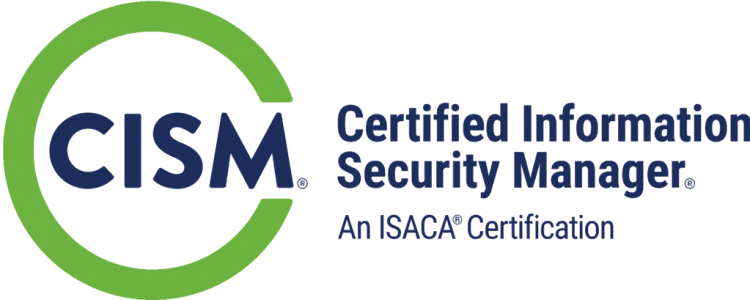Course Overview:
The Implementing Cisco Enterprise Advanced Routing and Services (ENARSI) gives you the knowledge you need to install, configure, operate, and troubleshoot an enterprise network. This course covers advanced routing and infrastructure technologies, expanding on the topics covered in the N-415: Implementing and Operating Cisco Enterprise Network Core Technologies (ENCOR).
Attendees to N-425 : Implementing Cisco Enterprise Advanced Routing and Services ( ENARSI) will receive TechNow approved course materials, expert instruction, and prepare you to take the 300-410 Implementing Cisco® Enterprise Advanced Routing and Services (ENARSI) exam.
Dates/Locations:
Duration: 5 Days
Course Objectives:
- Configure classic Enhanced Interior Gateway Routing Protocol (EIGRP) and named EIGRP for IPv4 and IPv6
- Optimize classic EIGRP and named EIGRP for IPv4 and IPv6
- Troubleshoot classic EIGRP and named EIGRP for IPv4 and IPv6
- Configure Open Shortest Path First (OSPF)v2 and OSPFv3 in IPv4 and IPv6 environments
- Optimize OSPFv2 and OSPFv3 behavior
- Troubleshoot OSPFv2 for IPv4 and OSPFv3 for IPv4 and IPv6
- Implement route redistribution using filtering mechanisms
- Troubleshoot redistribution
- Implement path control using Policy-Based Routing (PBR) and IP Service Level Agreement (SLA)
- Configure Multiprotocol-Border Gateway Protocol (MP-BGP) in IPv4 and IPv6 environments
- Optimize MP-BGP in IPv4 and IPv6 environments
- Troubleshoot MP-BGP for IPv4 and IPv6
- Describe the features of Multiprotocol Label Switching (MPLS)
- Describe the major architectural components of an MPLS VPN
- Identify the routing and packet forwarding functionalities for MPLS VPNs
- Explain how packets are forwarded in an MPLS VPN environment
- Implement Cisco Internetwork Operating System (IOS®) Dynamic Multipoint VPNs (DMVPNs)
- Implement Dynamic Host Configuration Protocol (DHCP)
- Describe the tools available to secure the IPV6 first hop
- Troubleshoot Cisco router security features
- Troubleshoot infrastructure security and services
Prerequisites:
- CCNA certification
- N-415: Implementing and Operating Cisco Enterprise Network Core Technologies
- General understanding of network fundamentals
- Basic knowledge of how to implement LANs
- General understanding of how to manage network devices
- General understanding of how to secure network devices
- Basic knowledge of network automation
Comments
Latest comments from students
